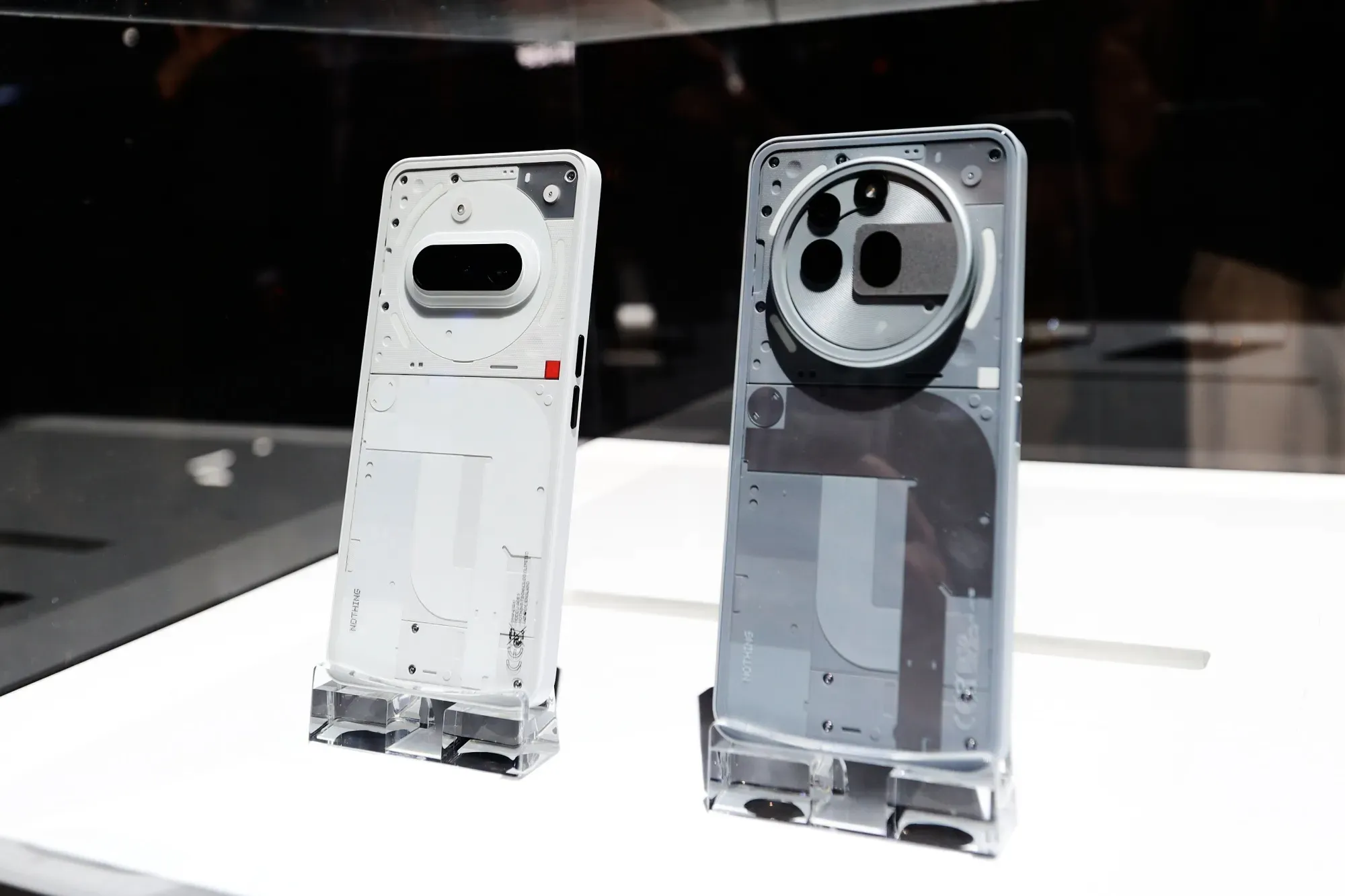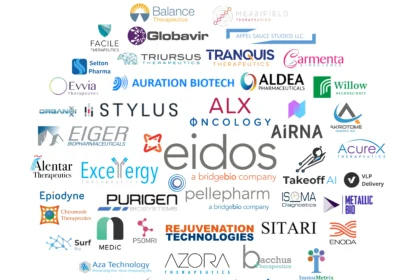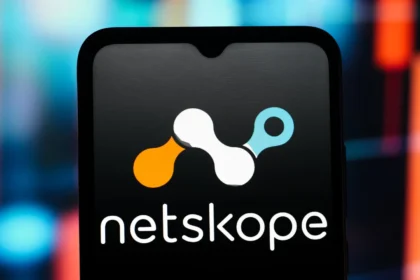London-based gadget startup Nothing just raised $200 million in a Series C funding round led by Tiger Global, pulling its valuation up to approximately $1.3 billion. The company says the funding will accelerate its “AI-native” hardware roadmap meaning smarter integrations of AI in its upcoming phones, earbuds, and accessory lines. (Reuters)
What Is “AI-native” for Nothing?
Nothing’s pitch isn’t just about more features it’s about shifting the baseline. Instead of AI being an add-on (voice assistant, background blur, etc.), Nothing plans to bake AI substantively into hardware: think efficient edge processing, on-device inference to reduce latency and data-transfers, and predictive behavior so devices adapt to users without needing constant cloud connectivity.
Why This Round Matters
$200 million is a major jump for Nothing. Tiger Global’s lead signals confidence from one of the world’s prominent tech investors. It gives Nothing more runway to refine its supply chains, invest in R&D of AI chips, improve battery life, and perhaps challenge the norms of what a mid-range phone or accessory can do in the AI era. Also, new backers like Qualcomm Ventures suggest interest not just in consumer appeal but in technical partnership and hardware efficiency.
Market Context in the UK & Europe
Britain has seen several startups trying hardware + AI integration, but few have successfully scaled globally. European consumers prize privacy and local data security, so on-device AI is likely to get a warmer reception than cloud-first models. Meanwhile, rising costs and component shortages have squeezed hardware makers; cash injections like this help mitigate risk and move faster. If Nothing can combine high design, good build, and performance, it may help define the emerging class of “smart hardware brands” in Europe.
Challenges & Risks Ahead
Hardware is expensive to get right: supply chain hiccups, cost of AI chips, regulatory compliance, and user expectations all pile up. On-device AI requires efficient processors and good power management; space, heat, and component cost are constraints. Then there’s competition Apple, Samsung, Google all push into AI and have huge R&D budgets. For Nothing to stand out, its hardware must reliably deliver real-world benefit, not just flashy demos.
What Investors & Industry Are Watching
Investors will look closely at how Nothing uses this capital: how many new AI-native models it launches, improvements in battery life, adoption of edge AI, and whether it can maintain margins while scaling. Supply chain diversification (to avoid delays) and securing local/regional manufacturing may help reduce costs and geopolitical risks. Also, partnerships with AI-chip designers will be key.
What This Means for Consumers
For consumers, this could mean phones and gadgets that respond faster, do more without draining data or battery, and work better offline or with spotty internet. Imagine earbuds that anticipate your next command, phones that optimize power based on your routines, or accessories that locally process sensor data for health or environmental metrics. If Nothing can deliver, it could make “smart hardware” more practical and less pricey.
My Take
Nothing isn’t the first hardware startup aiming for AI-native devices but this funding round may mark when such visions move firmly from concept to execution. If Nothing plays its cards well, it could push the entire consumer tech industry in Europe to lean harder on AI at the hardware level. But success won’t be automatic. It’s a race against component costs, supply chain issues, and user expectations. In the end, the startups who win will be those who combine elegant hardware, practical AI, and an eye for privacy. Nothing’s bet is bold and the smarter approach is to deliver what users feel, not just what looks impressive on spec sheets.







